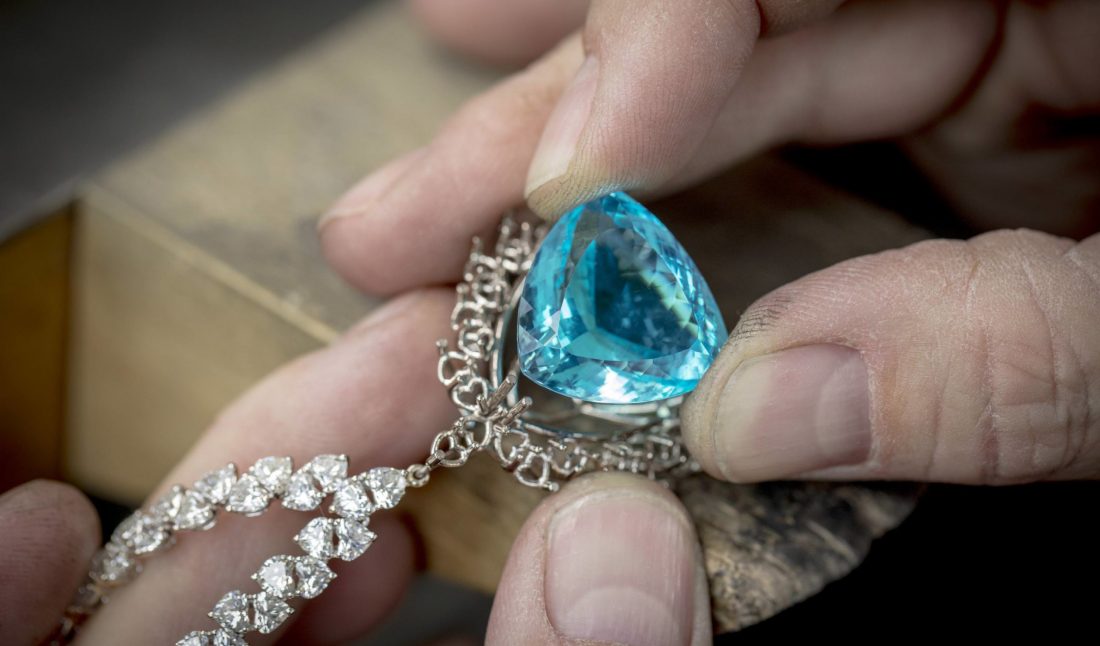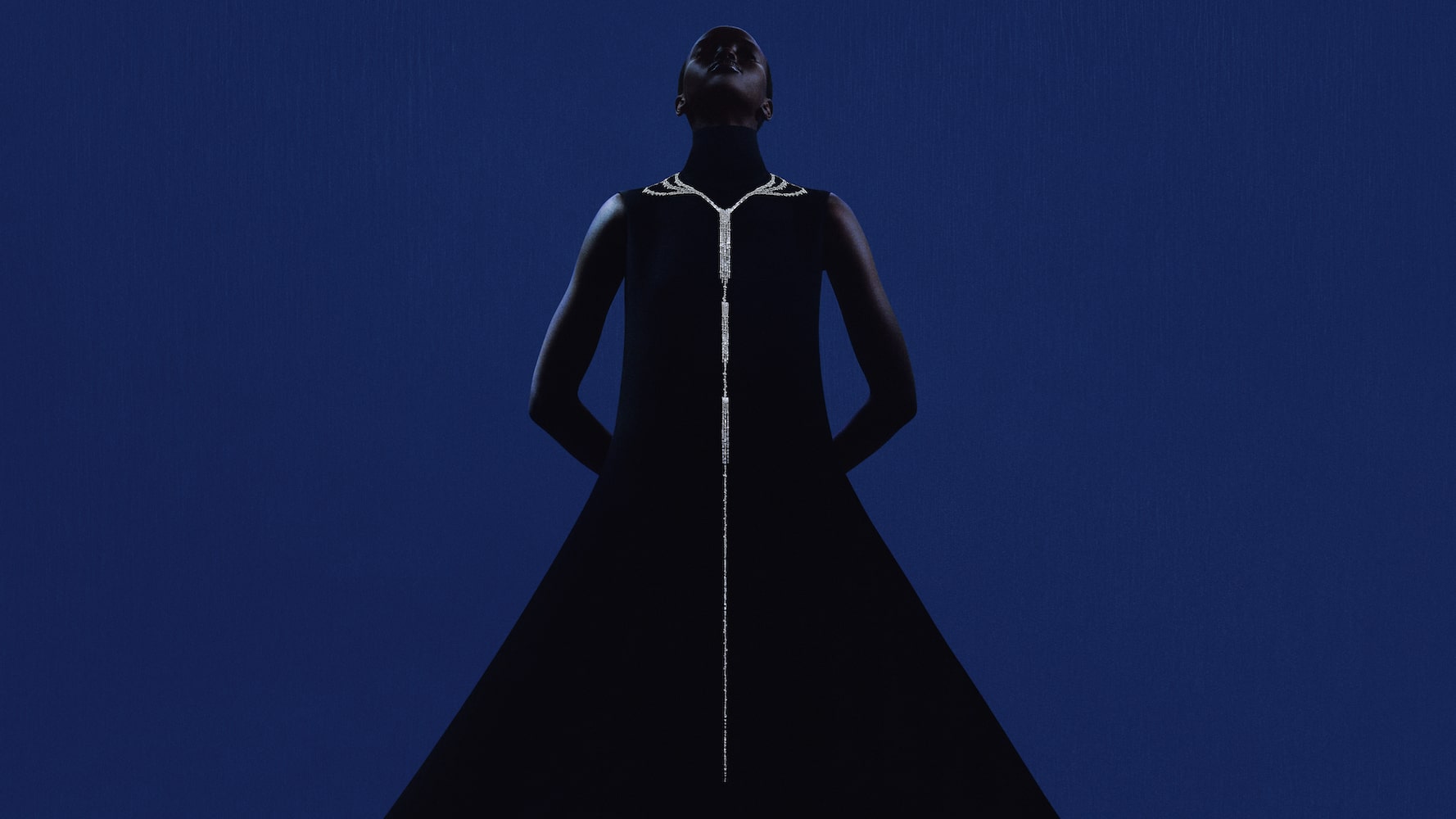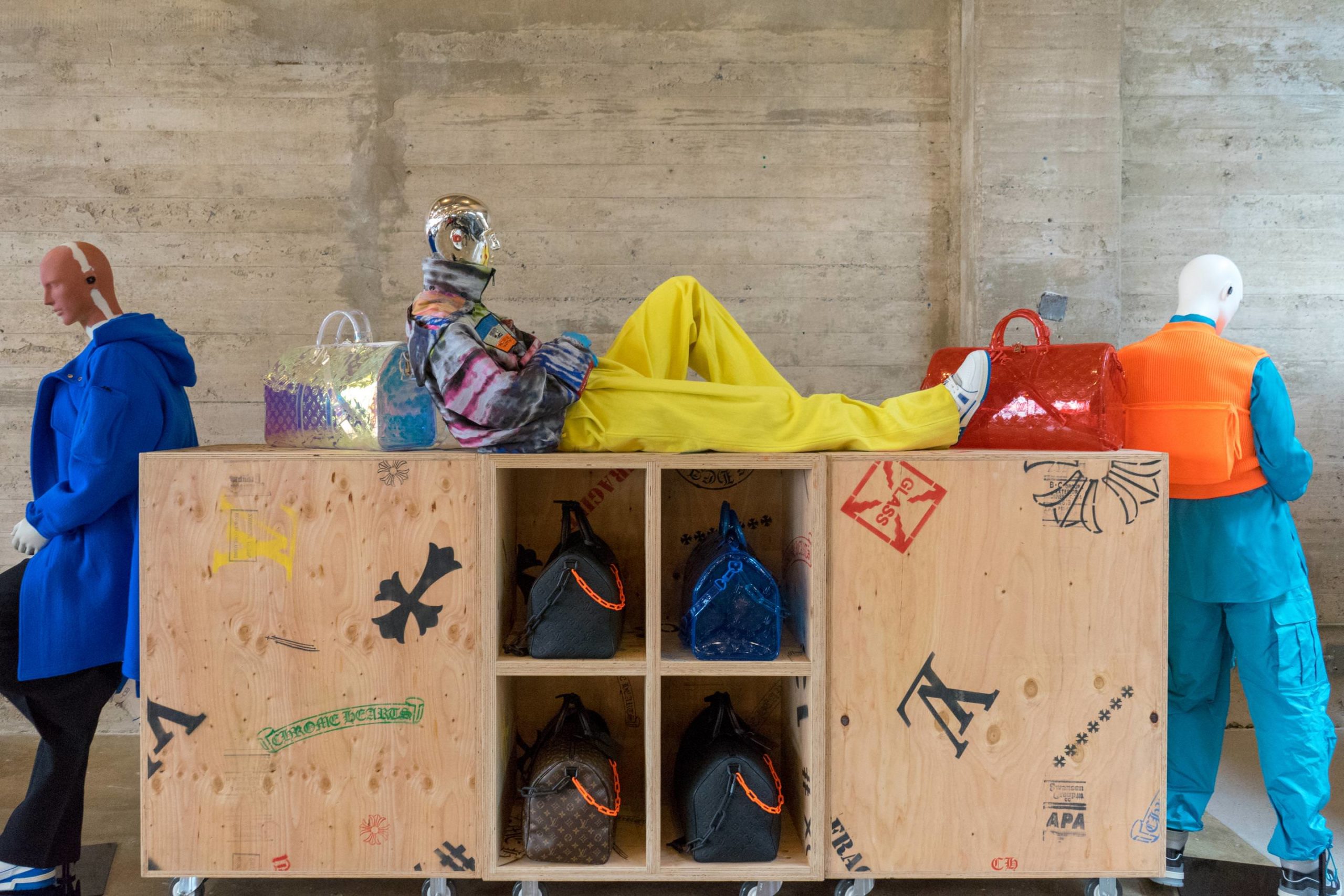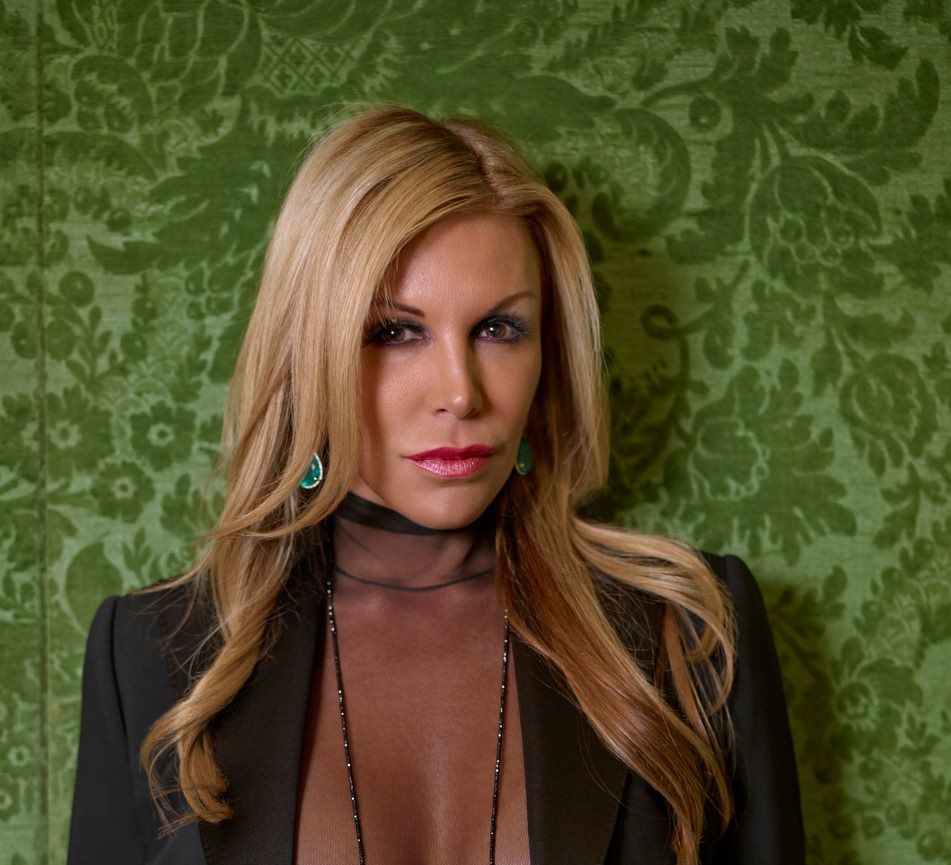For over 30 years, sustainability has been a core value at Chopard. For the family-run business, that means staying true to design while incorporating new principles that are positive for consumers, the workplace, and the planet. The jewelry house is also dedicated to transparency and allowing consumers to help drive design on its journey to sustainable luxury.
Whitewall spoke with Chopard’s co-president, Caroline Scheufele, about its recent decision to use only Fairmined gold, about using traceable routes for gems, and about what’s new for its “Green Carpet” collection.
WHITEWALL: Can you tell us a bit about the brand’s recent decision to use 100 percent ethical gold?
CAROLINE SCHEUFELE: In this day and age, transparency is becoming more and more important in our industry. The luxury consumer wants to know that the materials used in their jewelry and watch creations are being procured in a manner that is not harmful to the environment, nor to the workers sourcing the materials. It has become very important to us to do everything that we can to make sure we are being responsible every step of the way.
WW: The decision is ensured by using one of two traceable routes—Fairmined gold from mines in the Swiss Better Gold Association (SBGA), which Chopard joined last year, and through Responsible Jewellery Council-certified mines. Can you tell us a bit about these organizations and why you’re committing to working with them for sourcing gold?
CS: The Swiss Better Gold Association contributes to the improvement of artisanal and small-scale mining communities, and in doing so increases the volumes of ethically sourced gold they produce. With our continued work with RJC, we are able to source gold from traceable Chain of Custody–certified entities. Working exclusively with these routes will really encourage the growth of these mines and increase the percentage of the gold on the market that comes from them.
WW: Can you tell us how the newest Chopard pieces in the “Green Carpet” collection reflect this commitment?
CS: The most recent piece to debut from the “Green Carpet” collection is an extraordinary necklace featuring a 34.63-carat triangle-cut Paraiba tourmaline from Mozambique, the first responsibly sourced Paraiba for this signature collection set with RJC-certified diamonds and 18-karat Fairmined gold. It was actually unveiled on the famous red carpet of the Cannes Film Festival in May, adorned by Julianne Moore, whom I collaborated with in designing this special piece. She has been a great friend of the house and supporter of our journey to sustainable luxury for many years.
Another first seen this year is the first “Happy Sport” watch set in Fairmined gold, the Happy Palm. This creation was released as a 25-piece limited edition as part of the 25th-anniversary celebration of the “Happy Sport” collection, and it draws inspiration from the Palme d’Or award that we have crafted every year since 1988 for the Cannes Film Festival and is made of yellow Fairmined gold.
Additionally, we released a new L.U.C. Full Strike model with a non-rhodium plated white Fairmined gold case this year, which we released in 18-karat rose gold last year. The piece represents a great innovation in minute repeaters, as it utilizes crystal gongs that are built into the watch glass, versus metal gongs, giving it a more delicate chime.
WW: Creating sustainable luxury continues with joining the Alliance for Responsible Mining to support new artisanal mines to reach Fairmined certifications. So far, the house has helped several mines in Latin America—such as the Cooperativa Multiactiva Agrominera de Iquira and Coodmilla Mining Cooperative in Colombia—reach certification. Can you tell us a bit about this program, and what it means for both the customer and business?
CS: The Alliance for Responsible Mining, whom we started working with in 2013, is an independent global NGO that advocates the equity and well-being of artisanal and small-scale mining communities. With ARM, we are not only helping protect the natural resources and wildlife of these communities, but also helping to transform the lives of the workers by providing social welfare, education, and training. It is only natural that we look out for the people that bring us the raw materials with which we create our most precious pieces.
WW: Tell us a bit about Chopard’s alignment with the UN Global Goals, and its 17-point plan for social and natural capital goals.
CS: With these goals in mind, the ultimate aim is to protect people at every level of the process. Worldwide, there isn’t a lot of regulation when it comes to jewelry, and it will be a challenge to put in place strong ethical standards, but we have to start somewhere, and I’m just happy that we are putting our efforts into doing what is right.
WW: What type of responsibility do you feel the jewelry industry has today, in terms of sourcing and using materials, but also in the workplace?
CS: The industry has an immense responsibility. We have a decision to make of what type of footprint we leave on this earth. It is important to examine every process in our offices, our factories, and our mines—to see how we are affecting the environment and the people we work with. Making sure we do not have a negative impact takes a lot of research and big changes. Ultimately, it is a long process, but it is worth it.
WW: How has that dedication evolved to meet the needs of today?
CS: There is always a next step. We are never done. There is always room for growth and change, but it really takes a deep reexamination of everything we do. We have to continue to make steps to make sure the work we do doesn’t equal problems somewhere else.











